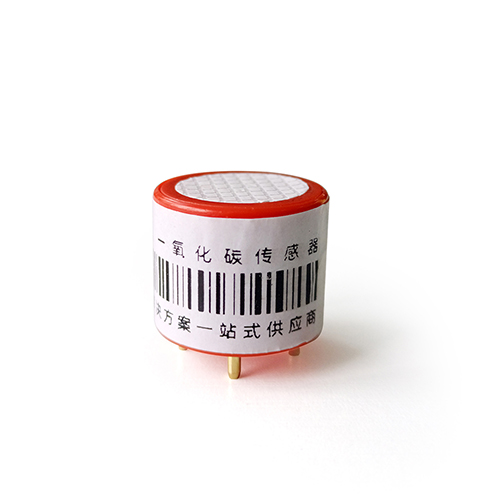What are industrial sensors?
Today’s industrial development cannot be separated from the support of many sensing technologies, one of the most critical technologies is sensors.
In industrial manufacturing scenarios, sensors rely on sensing technology and intelligent interconnected devices to establish an information transfer network, providing essential information transfer for manufacturing, so that a variety of equipment has “eyes”, “perception”, “and interaction”, supporting the equipment more efficiently, accurate, safe, stable, and interactive. “Interaction”, to support the equipment’s more efficient, accurate, safe, stable, and flexible operation and operation.
In other words, industrial sensors allow automated intelligent equipment with the ability to perceive, and optimize industrial production management, improve industrial production efficiency, and enhance the level of intelligent production.
So, what are the applications of industrial sensors? What are the characteristics of different sensors? Let’s take a look together.

Application of industrial sensors
The basic definition of a sensor is a detector, an electronic device used to detect various categories of signals and transmit the signal to other electrical control equipment.
To put it another way, a sensor is an electronic device that converts energy from one form to another, which primarily recognizes physical quantities of gases, heat, etc. by distance, temperature, humidity, etc., and then provides an output in the form of an electrical signal to a connected control system.
For example, in automation systems, sensors are involved in control by transmitting signals to a programmable logic controller (plc).
Different types of sensors have specific roles in daily life applications, commercial and industrial equipment, and educational engineering.
Among them, industrial sensors refer generally to devices and installations that can convert the felt force, heat, light, magnetism, sound, humidity, electricity, environment, and other measures into electrical signal outputs in industrial manufacturing processes, which are applicable to a variety of industrial scenarios, such as energy, petroleum, chemical industry, metallurgy, electric power, machinery manufacturing, automotive and other industrial manufacturing processes.
Industrial sensors are a class of industrial products involving the integration of basic technologies of multiple disciplines, with technology-intensive, multi-species, small batch, flexible use, and application of widely distributed typical characteristics.
Classification of sensors
Currently, there is no uniform classification of sensors, but the more commonly used are as follows:
1. According to the sensor working principle classification, can be divided into resistance, capacitance, inductance, voltage, Hall, photoelectric, grating, thermocouple, and other sensors.
2. According to the physical quantity of the sensor classification, can be divided into displacement sensors, force sensors, speed sensors, temperature sensors, flow sensors, Industrial gas sensors, and so on.
3. According to the nature of the sensor output signal classification, can be divided into: the output for the switch (“1” and “0” or “on” and “off”) switch-type sensors; output for the analog sensor Type sensor; output for analog sensors; output for the pulse or code of the digital sensor.
4. According to the measured physical quantities: such as force, pressure, displacement, temperature, and angle sensors;
5. According to the way the sensor converts energy:
Energy conversion: such as piezoelectric, thermocouple, and photoelectric sensors;
Energy control type: such as resistive, inductive, Hall-type sensors, as well as thermistor, photoresistor, and moisture-sensitive resistors;
6. According to the sensor working mechanism points:
Structure type: such as inductive, capacitive sensors, etc.;
Physical type: such as piezoelectric, photoelectric, and various semiconductor sensors;






